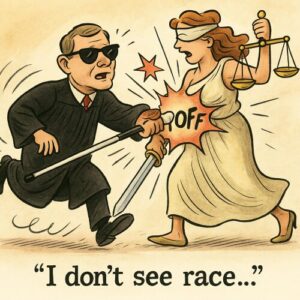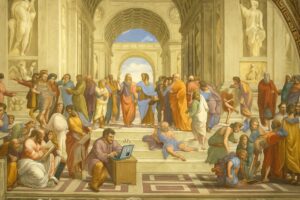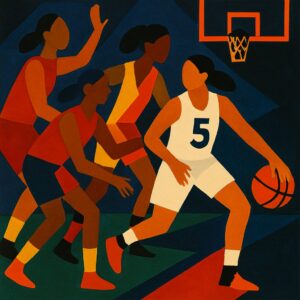Stuff You Don’t Really Want To Know (But For Some Reason Have To) About The Crusades
Three Big Things:
1. The Crusades began as a response to Byzantine Emperor Alexius I’s request for military aid, but quickly evolved into a quest to retake Jerusalem from the Muslims – but with politics, greed, and even a little genuine religious conviction thrown into the mix.
2. The Fourth Crusade (1202-1204) never reached the Holy Land because the Crusaders were diverted to attack Constantinople instead – the capital of the Byzantine Empire which had first reached out to the west for help. Not surprisingly, this was a major blow to the already shaky relations between Eastern and Western Christianity.
3. After nearly two centuries of largely futile bloodshed, the Crusades ended up connecting the East and West in unprecedented ways – introducing new trade goods, technologies, and ideas which left the West eager for more positive interactions.
Introduction
“The Crusades” have become a rhetorical device and loaded historical allusion for a wide range of social and political ideologies. Those leaning conservative tend to bust them out in the most glorified terms, as an example of passion and devoutness to which modern believers would do well to aspire. Those less interested in holy wars (literal or otherwise) cite them just as often as condemnation – an easy allusion suggesting misguided and destructive passions.
They were both, of course – but also lots of other things as well. To begin with, there were eight or nine separate Crusades, depending on how they’re counted, and in many of these, people participated for a wide variety of reasons and with very different understandings of just what was happening and why. The most recurring themes were a desire to earn God’s favor, limited concern with who or what they actually attacked or destroyed to do so, and a mother lode of one of history’s favorite schemes: “unintended consequences.” Continue reading “H2H: The Crusades (1095-1291)”



 The concept of this activity is not new. I first encountered it at an AP workshop several years ago with a fictional high school football game (although I can’t for the life of me find the original activity or the name of the consultant who shared it). The OER Project has a brief version of something similar (involving school lunch policies) as an introduction to their
The concept of this activity is not new. I first encountered it at an AP workshop several years ago with a fictional high school football game (although I can’t for the life of me find the original activity or the name of the consultant who shared it). The OER Project has a brief version of something similar (involving school lunch policies) as an introduction to their